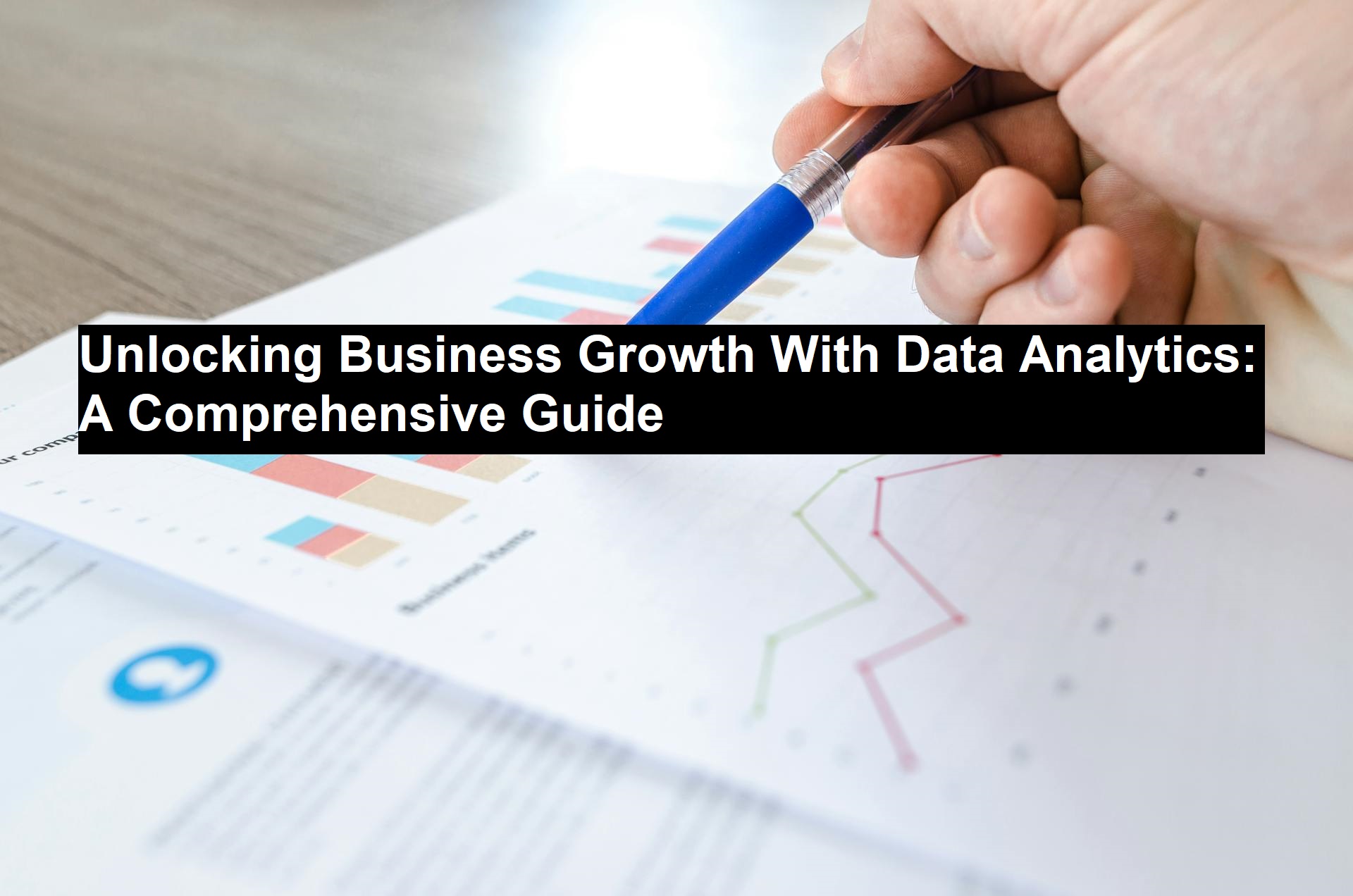Data analytics is one of the most powerful tools businesses can leverage to drive growth, improve efficiency, and stay competitive in today’s fast-paced environment. However, harnessing the full potential of data analytics requires a strategic approach that integrates it into every aspect of operations. Today, Solid Business Idea will explore how businesses can make data analytics a seamless part of how they operate, strategize, and grow.
Harnessing Data Analytics for Targeted Marketing Strategies
Data analytics is a powerful tool that helps businesses get insights into customer behavior to optimize their marketing strategies. By identifying the channels and campaigns that generate the most engagement, clicks, and conversions, businesses can reallocate their marketing budget to prioritize the most effective ones. This approach allows businesses to deliver personalized messaging that resonates with their target audience.
How CRM and Data Analytics Revolutionize Customer Experience and Growth
For businesses to be successful, acquiring and retaining customers is essential. Harnessing the power of Customer Relationship Management (CRM) software can significantly improve your business’s ability to manage customer relationships and generate valuable leads. A CRM system centralizes all customer information, streamlining the process of tracking interactions, analyzing sales opportunities, and uncovering potential areas for expansion. By implementing a comprehensive CRM solution, your business can elevate customer engagement and pave the way for lasting success.
Harnessing Data Analytics for Smarter Supply Chain Management
Data analytics can significantly enhance supply chain management, enabling businesses to optimize inventory, reduce lead times, and improve logistics efficiency. By analyzing supply chain data, businesses can identify patterns and trends that indicate potential disruptions or bottlenecks. They can take corrective measures proactively, such as establishing alternative suppliers or adjusting delivery schedules.
How Data Analytics Shape Dynamic Pricing Models
Pricing strategy is a critical component of a business’s success. By leveraging data analytics, businesses can gain insights into their customers’ willingness to pay, competitive pricing, and optimal pricing structures. This information enables businesses to set prices that are both profitable and attractive to customers. Data analytics can also help businesses identify cross-sell and upsell opportunities, leading to increased revenue and customer satisfaction.
How Data Analytics can Improve Cash Flow
Data analytics can significantly enhance your invoicing practices by providing insights into payment patterns, client behavior, and financial forecasting. Using a free online invoice generator, you can create custom invoices that are professional and optimized for faster payment. These tools offer the flexibility of choosing from dozens of templates, fonts, and design elements, ensuring your invoices reflect your brand identity and meet your business needs. Using a free invoice creator, you can streamline your billing process, reduce errors, and improve cash flow management.
How Data Analytics Empowers Proactive Fraud Management
Fraud is a significant threat to businesses of all sizes, and the cost of fraud can be staggering. Data analytics can play a vital role in detecting and preventing fraudulent activity. By leveraging machine learning algorithms and predictive models, businesses can detect unusual patterns in customer behavior that indicate potential fraud. Consequently, they can take corrective measures proactively, such as blocking transactions or notifying the authorities.
How Data Analytics Enhances Risk Management Strategies
Data analytics can also help businesses identify potential risks and opportunities. By analyzing historical data and market trends, businesses can gain insights into future risks and opportunities. This information enables businesses to make better-informed decisions regarding investments, expansion, and risk mitigation strategies. Additionally, data analytics can help businesses identify areas of their operations that require improvement, reducing the likelihood of future risks.
Read: How To Become a Principal in Ohio
How Data Analytics Drives Effective Workforce Planning
Finally, data analytics can play a crucial role in workforce planning. By analyzing workforce data, businesses can identify patterns and trends that indicate potential talent gaps, employee turnover, and skill shortages. They can take proactive measures to ensure that they have the right people in the right roles at the right time. Data analytics can help businesses identify high-potential employees and develop career paths that align with their goals and aspirations.
Data analytics is a powerful tool that businesses can leverage to drive growth, improve efficiency, and stay competitive. By leveraging tools like CRM software, enhancing customer acquisition and retention, and planning for the workforce, among others, businesses can unlock the full potential of data analytics. It’s not a matter of if data analytics will become a part of how businesses operate, but when. By taking a strategic approach, businesses can stay ahead of the curve and achieve sustainable growth.
For your next great business opportunity, visit Solid Business Idea today!

